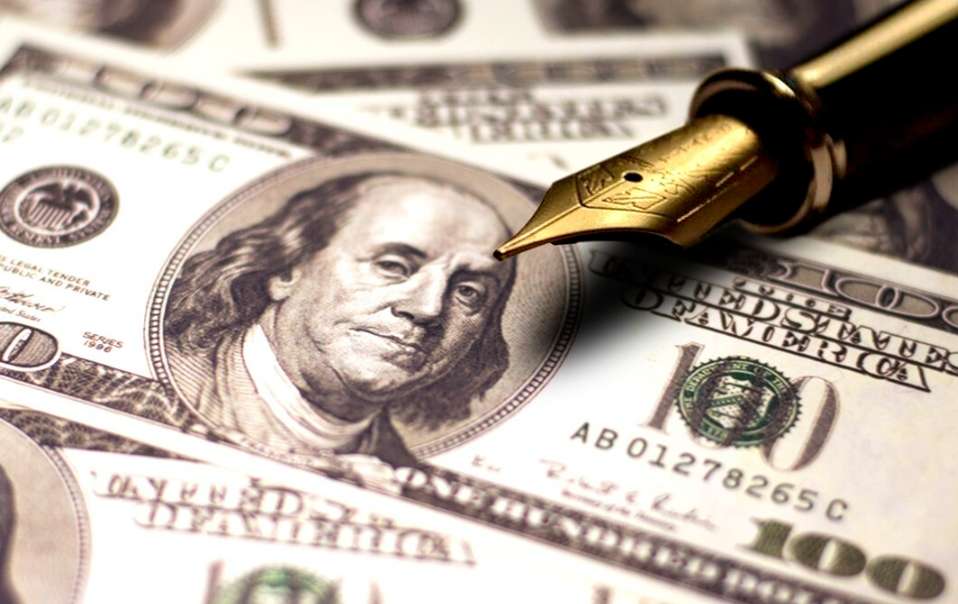Dollar Overproduction Fuels Global Inflation
Advertisements
- March 12, 2025
The global economy has experienced significant turbulence in the wake of the COVID-19 pandemic, with the United States facing one of the most severe downturns since the 2008 financial crisis. This economic upheaval prompted swift actions from the U.S. government, which resorted to an aggressive strategy of printing money and rolling out substantial stimulus packages. The underlying aim of such measures has been to leverage the unique position of the U.S. dollar as the world's preeminent reserve currency, seeking to offload economic fallout onto other nations. However, as a consequence of this calculated gamble, the U.S. now finds itself grappling with the ramifications of its actions.
The pandemic's impact was felt harshly in the United States, characterized by a staggering number of infections and deaths. With a population of approximately 330 million, the U.S. has recorded over 34 million confirmed COVID-19 cases—making it the country with the highest infection rate globally. The death toll stands at over 610,000, raising critical questions about the discrepancies in health management despite the United States being heralded for its technological and healthcare advancements. Furthermore, the socio-political climate, where public health measures such as mask-wearing became a contentious issue, has sparked debates about the quality of governance and civic responsibility in the nation.
The ensuing economic crisis led to a staggering drop in GDP—plummeting by 9.5% year-on-year in the second quarter of 2020 and resulting in a horrifying annualized contraction of 32.9%, marking the worst performance since World War II. With such dire circumstances, one might assume that the loss of life and public health would take precedence over economic concerns, yet the U.S. government appears to prioritize economic recovery above all else. This dissonance has shattered the myth of America as a nation that places human life above economic interests.

In response to the economic calamity, the U.S. government activated a series of economic stimulus plans, featuring an astronomical sum exceeding $5 trillion over the span of just one year. Initially, a $2.2 trillion relief package emerged in March 2020, followed by a $900 billion stimulus in December of the same year. Come 2021, another stimulus package worth $1.9 trillion was enacted, showcasing an unprecedented reliance on fiscal measures to revive the economy. Meanwhile, the U.S. Federal Reserve's balance sheet skyrocketed to over $8 trillion from around $4 trillion before the pandemic, highlighting the unprecedented levels of monetary intervention.
The core of the United States' confidence in unfurling such massive fiscal spending lies in its status as the issuer of the U.S. dollar. The ability to print more dollars without the immediate consequences faced by nations with weaker currencies allows the U.S. to sidestep some of the inflationary pressures that would typically accompany such reckless spending. By borrowing from domestic financial institutions, and principally from its own Federal Reserve, the U.S. can perpetuate a cycle where it raises vast amounts of money to fund its spending while using the dollar to procure goods from across the globe. This has particularly benefited trade with countries like China, where the U.S. saw its imports soar by 38.9% in early 2021, despite a significant economic contraction the previous year.
Under normal circumstances, excessive money printing would result in acute inflation in most economies. Such countries often struggle to sell huge amounts of their own currency internationally, translating into a devaluation of their currency and spurring domestic prices to rise sharply. America, however, operates differently due to the dollar's status as the world's primary reserve currency—a privilege that allows it to circulate its currency globally without enduring the typical consequences. As a result, the U.S. has offloaded some of the costs of its actions onto other countries, contributing to rising global commodity prices, which subsequently impacts inflation rates worldwide.
This trend manifested clearly in the rising price levels within the United States itself as consumers began to feel the pinch of inflation. The Consumer Price Index (CPI) recorded an annual increase of 5% in May 2021, the highest rate observed since 2008. This is a stark indicator that the U.S. is inevitably experiencing what might become one of the most damaging inflationary periods in decades. The soaring prices of basic goods, including rent, gasoline, and food, have left many families struggling under financial strain.
Recent reports from the Bureau of Labor Statistics showcased an alarming rise in the prices of essential household items, with rental car pricing surging by 31.2% and gasoline prices following closely behind with a 22.5% increase. The real estate market has similarly exploded, with prices witnessing a year-on-year growth of 20-30%, leaving many prospective homebuyers grappling with an increasingly unattainable housing market. Economists warn that the U.S. may descend into a scenario reminiscent of the stagflation crisis of the 1970s, where escalating inflation coincides with economic stagnation, leading to disastrous results for both individuals and businesses.
The United States now faces a multifaceted dilemma as it attempts to strike a balance between managing inflation and supporting ongoing economic recovery. With interest rates dropped to historical lows to assist in the economic measures, the Federal Reserve may find itself cornered by the untamed inflation that accompanies a recovery. The fear is that raising interest rates could stifle economic growth, impact stock markets disproportionately—where many Americans have invested retirement savings—and erode consumer confidence in the short to medium term. Conversely, unchecked inflation carries its own dangers, risking an erosion of the dollar’s standing as the preferred currency in global markets, triggering a potential economic downturn.
This paradox places the U.S. in a precarious position as the nation navigates robust economic challenges, societal pressures, and the concomitant realities of an unprecedented economic experiment. The unfolding economic landscape will inevitably be one for the history books, as observers worldwide scrutinize the choices made by the United States and the subsequent ramifications on both its own citizens and the global economy at large.
Leave A Comment